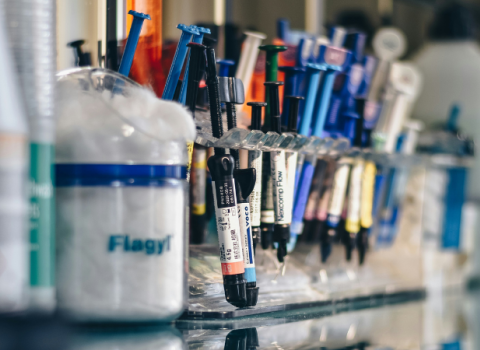Research lead
Beatriz Olalde, a researcher at the University of the Basque Country (UPV/EHU), has developed a porous, biodegradable nanocompound scaffold for the regeneration of bone tissue that will temporarily substitute for bone while inducing its regeneration.
While bones have a capacity to regenerate after minor damage, serious breaks or bone tumours which cause substantial damage do not repair naturally. The usual way to treat serious bone injury is with grafts, but there are limitations such as rejection, contamination and shortage of donor tissue.
The porous support or foam, developed by Olalde during her PhD studies, is capable of interacting chemically and electrically with the bone cells, or the adjoining bone tissue, thus accelerating bone recovery.
The basis of the compound is the biodegradable polymer polylactic acid, mixed with the bioceramic hydroxyapatite and carbon nanotubes. Hydroxyapatite provides calcium, facilitating the integration of the scaffold into the surrounding bone cells, while the carbon nanotubes enhance the mechanical properties of the polymer. In addition, in contrast to the polyactic acid and hydroxyapatite, carbon nanotubes conduct electricity. This allows an electric current to be applied in such a way that the bone cells are directed to the porous support and the regeneration process is accelerated.
The foam has been tested both in vitro and in vivo, and has been shown to have optimal mechanical properties for supporting bone and does not break up once implanted. In animal models bone growth is observed at three weeks. At 16 weeks this new bone showed mechanical and morphological properties similar to those of healthy bone tissue.





 A unique international forum for public research organisations and companies to connect their external engagement with strategic interests around their R&D system.
A unique international forum for public research organisations and companies to connect their external engagement with strategic interests around their R&D system.